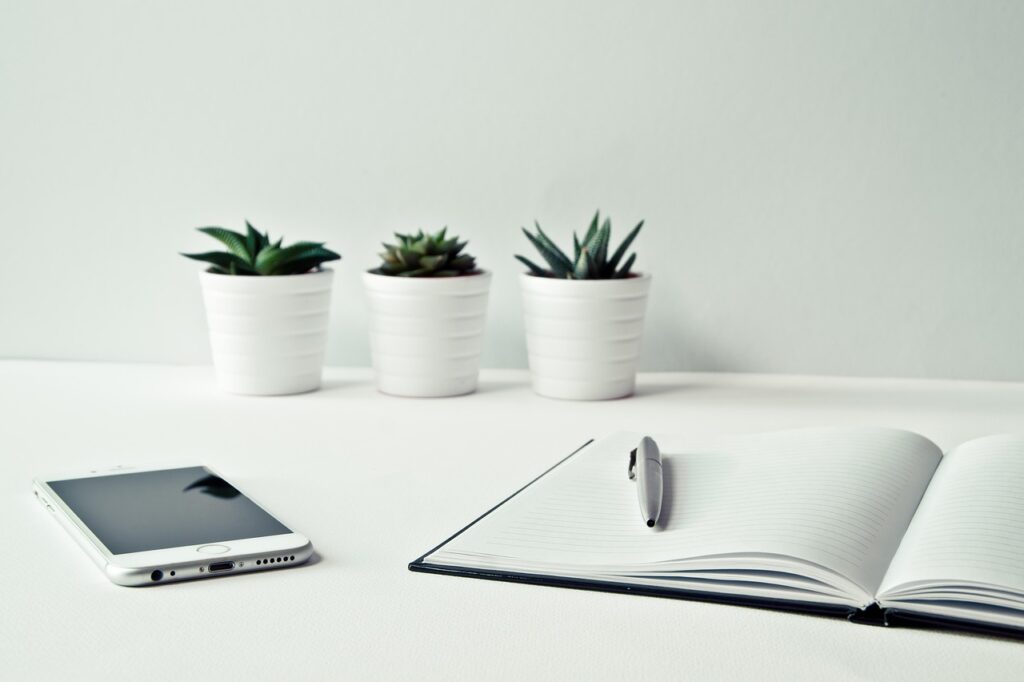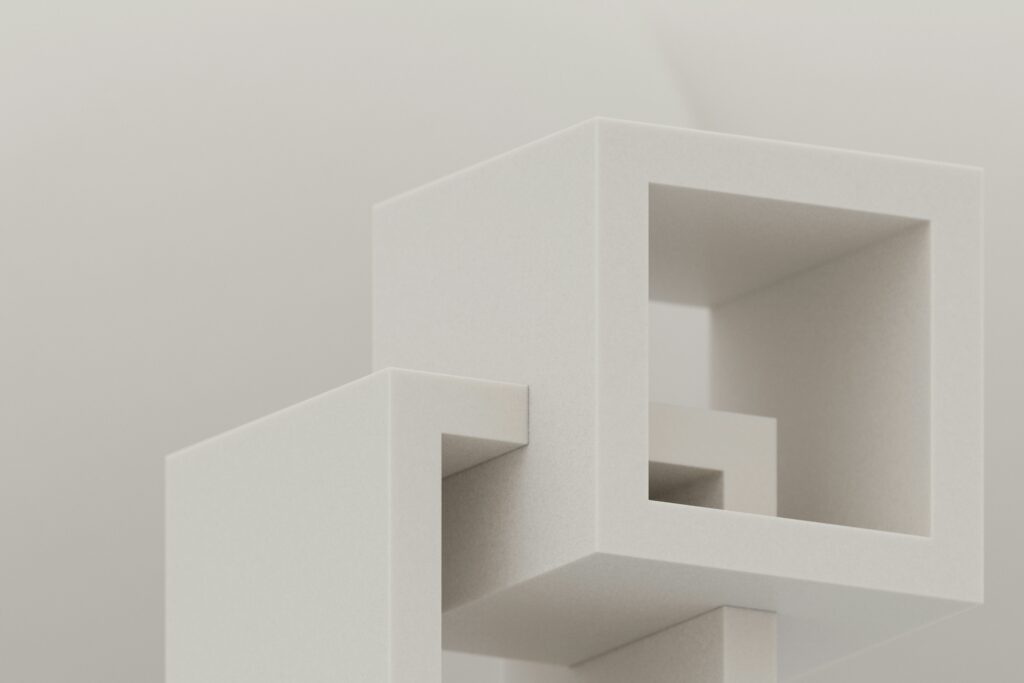The One-Minute Pause: A Pre-Purchase Ritual for Smarter Spending
In a world where everything we want is only a click away, mastering our relationship with spending is no longer optional—it’s survival. From grocery apps to late-night sales alerts, the impulse to buy has become less about need and more about habit, emotion, and speed. What we often miss is a simple truth: the distance between desire and decision is where clarity lives.
Enter the One-Minute Pause—a practical, powerful, science-backed ritual that creates this space. Just 60 seconds of awareness before a purchase can be the difference between regret and reward, debt and discipline, or distraction and intentionality. This is not a budgeting trick. It’s a moment of personal revolution.

Why We Spend Without Thinking
We are emotional spenders. Study after study, from the American Psychological Association to the Financial Therapy Association, confirms that most of our non-essential purchases are driven by feelings—loneliness, boredom, stress, even joy. When we’re sad, we buy to feel better. When we’re happy, we buy to celebrate. And when we’re anxious, we buy to feel in control.
Retail therapy might sound harmless, but over time it can damage financial wellness and create emotional dependency. We’re not just spending money—we’re using transactions as coping mechanisms. That makes our wallets vulnerable to every emotional wave we feel.
The One-Minute Pause is a counter-ritual. Instead of reacting, you reflect. It interrupts the auto-pilot mode that leads to financial fog and helps you reconnect with the wiser part of yourself—the part that remembers your goals, your values, and your future.
How the One-Minute Pause Works
The concept is simple. Before making a purchase that isn’t clearly necessary, you take one minute to do the following:
- Stop everything. Don’t click “Buy Now,” don’t walk to the register, don’t finalize the cart.
- Close your eyes. Breathe in through your nose for 4 seconds, hold for 4, exhale through your mouth for 6.
- Ask yourself:
- Do I really need this right now?
- What emotion am I feeling?
- Will this matter to me in a week? A month?
- Is there something else I need instead—like rest, connection, or clarity?
- Make your decision consciously. Either walk away or proceed with awareness—not impulse.
That’s it. No apps, no tracking sheets. Just you, your breath, and your brain reconnecting.
The Psychology Behind It
Impulse control lives in the prefrontal cortex, the part of your brain responsible for long-term thinking. When we’re emotional or stressed, blood flow shifts away from this area toward the amygdala—the panic, desire, fight-or-flight part. What does this mean? It means that in emotional moments, you’re literally not using the rational part of your brain to make decisions.
But here’s the magic: breath + pause = recovery. When you pause and breathe, you activate your parasympathetic nervous system. Your cortisol levels lower. Your executive brain comes back online. You remember: I have choices. I have values. I am not just a buyer—I am a human.
Real-World Results
Let’s say you make one unnecessary $25 purchase per week. That’s $100/month, $1,200/year. But the real cost isn’t financial—it’s psychological. The more you act on impulse, the more it becomes a habit. You teach your brain to equate discomfort with spending. But when you pause, you rewire your behavior.
After just 2–3 weeks of this ritual, people report:
- Lower spending without strict budgets
- Improved self-trust and decision confidence
- Increased savings (by default)
- Stronger connection to long-term goals
- Reduced anxiety around money
How to Build the Habit
Like any ritual, the One-Minute Pause gets stronger with repetition. Here’s how to anchor it in your life:
- Visual triggers: Put a sticky note on your wallet or credit card: “Pause?”
- Digital reminders: Set a daily phone reminder titled “Pause Before You Spend.”
- Pair with physical habits: Always do the pause while standing or walking to create memory linkage.
- Use support: Text a friend “Pause used” whenever you walk away from a purchase. Celebrate it!
The habit forms faster when you make it tangible, trackable, and celebratory.

When You Might Be Tempted to Skip It
There will be moments where you’ll want to skip the pause. Urgency sales, peer pressure, emotional cravings—they all create time pressure. But remember: if something can’t wait one minute, it’s probably a reaction, not a necessity.
That minute is yours. A moment to choose you, not your urges. A gift to your future self. A reset button in your pocket.
Beyond the Purchase: The Pause as a Lifestyle
Eventually, this one-minute pause seeps into other areas of life:
- Before replying to an angry email
- Before committing to an event out of guilt
- Before eating to soothe emotion
- Before saying yes when you mean no
그것은 당신의 하루 중 신성한 작은 공간이 됩니다. 명상이요, 거울이요, 힘의 순간이 되죠.
The Bottom Line
Financial freedom doesn’t always start with bigger income—it starts with better awareness. And awareness isn’t built in banks—it’s built in moments. The One-Minute Pause offers one such moment. Try it today. Not perfectly. Not every time. But consistently enough that your life starts to change.
Because when you stop to ask, “Do I want this?”—sometimes what you really find is, “I just want peace.”